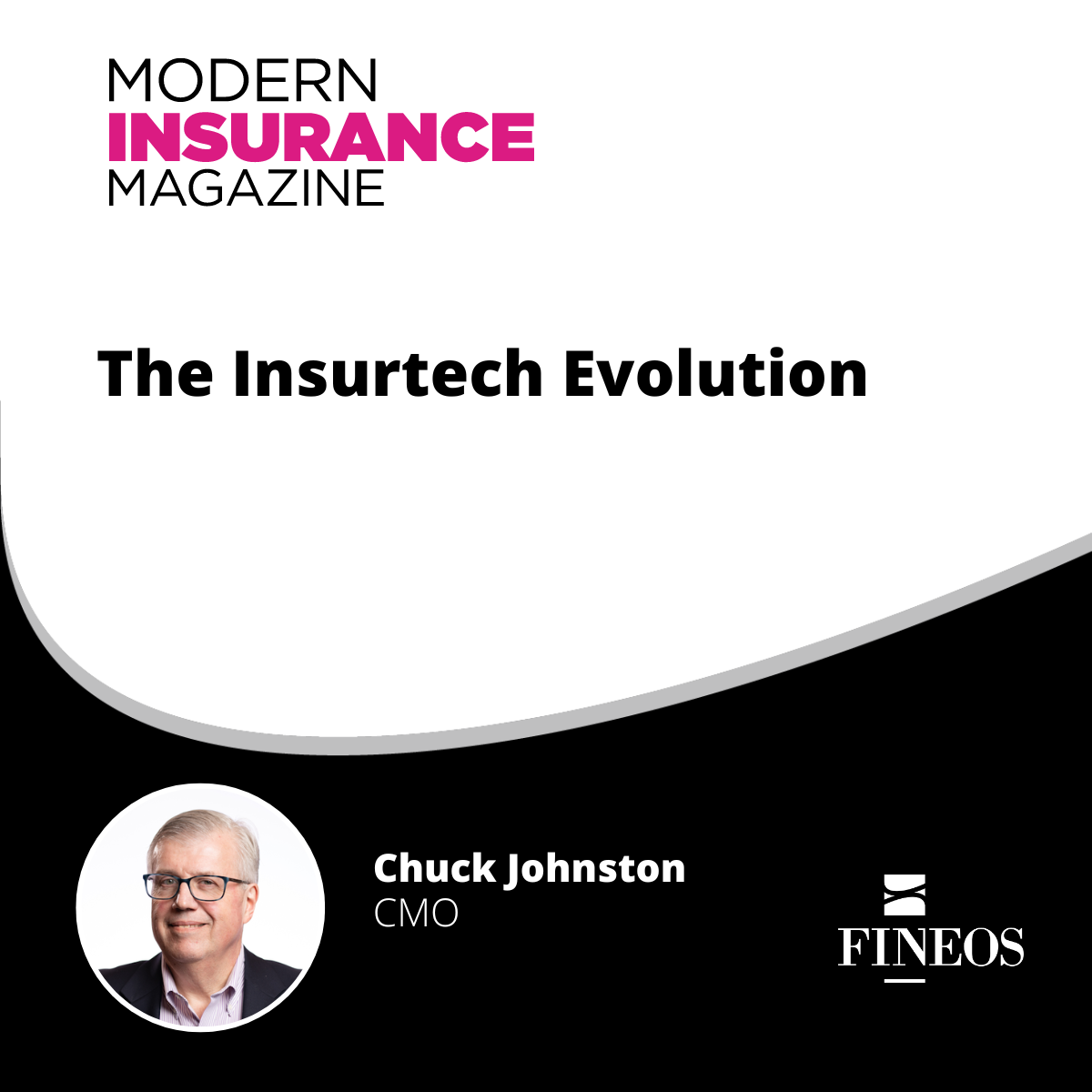Original article appeared in Insurance News Net April 2021
Megan Holstein, Sr. VP Absence and Claims, FINEOS discusses the critical factors to ensure best customer-centric claims processes.
If you’ve ever bought a car, you know that a positive buying experience focuses on the buyer’s needs. Maybe you’re buying a larger car because your family has grown, or you want to feel safe because you are replacing a car damaged in an accident. A good buying experience would focus on your life event needs.
A bad car buying experience isn’t focused on the buyer’s lifestyle and tends to be more transactional, and therefore painful. Perhaps the experience centers on haggling about cost, fending off add-ons such as extended warranties, or excuses about the rattle discovered during the test drive.
In insurance claims such as employee benefits, the experience can be just as positive or negative as a car purchase. So how can insurance carriers shift their focus to develop a more customer-centric claims process?
What Is A Customer-Centric Claims Process?
A customer-centric claims process is exactly as it sounds: a claims experience that puts the customer at the center of the process. This aligns well with insurance carriers’ goal of providing exceptional benefits while turning a profit. Daniel Schreiber, founder of Lemonade insurance company, observed that incentivizing fast payment actually reduces costs while delighting customers.
The best customer-centric claims processes rely on three main factors:
1. The customer’s life event.
Focusing on the customer’s life event instead of the claim is what makes a process inherently customer-centric. For example, consider the needs of an employee who has recently given birth. She may need time off for myriad reasons including childbirth recovery, baby bonding or support for post-childbirth needs such as post-partum depression.
All the possible benefits applicable to her during this specific life event should be considered when developing the claims process – but must be timely presented to the employee in a clear, understandable and accessible manner. In this example, these benefits could fall under various products including short-term disability, paid parental leave, unpaid Family and Medical Leave Act or state leave, an Employee Assistance Program, or trigger health insurance requirements such as adding a new child to the policy. But to this employee, there is only a single life event: the birth of the child. She wants to know if her wages will be replaced, her job will be protected, or whether she will incur any out-of-pocket costs.
2. Leveraging technology.
The technology used throughout the claims process must be user-friendly for both the customer and the claims examiners. For customers who prefer to use technology to file a claim, the carrier’s technology must be reflective of the technology to which customers are accustomed. Think of mobile apps, online shopping or banking, and tax-filing software. However, process improvements are most often found when humans and machines work together. Customers using technology may still have certain questions they prefer answered by a human. Integrating transfer points between technology and carrier staff along with real-time data access is key.
When a claimant is navigating a life event such as a new child or a bad accident, leveraging technology to cover the administrative nuts and bolts means insurance professionals can focus on counseling employees. Doing so will create a more satisfied customer and carrier workforce.
3. Speaking the customer’s language.
Developing a customer-centric experience means using simple English and reality instead of industry jargon, acronyms or policy concepts. Customers and their providers will be far more likely to understand what is being asked of them and provide correct information, creating an efficient resolution. This type of positive, relatable experience is key to building customer loyalty.
Why Is It Important To Have Customer-Centric Processes?
Customers often don’t understand the complexities of insurance, such as all the employee benefits available to them, risk adjustment, and what goes into quoting and underwriting. Employees are primarily focused on their jobs and personal lives, not the details of their insurance, so it’s up to carriers to focus on understanding customers.
The COVID-19 pandemic has only highlighted the growing usage of claims products, particularly in the employee benefit space and specifically when it comes to short-term disability, voluntary and paid leave benefits. Whether due to illness, time off to quarantine, caring for a sick family member or accommodating school closures, employees are increasingly requesting these benefits.
Additionally, not being able to financially afford taking needed time off or facing unpaid workplace closures has highlighted the importance of wage replacement benefits. But if insurance carriers make it difficult to use these employee benefits, their products will frustrate customers. When employees have a negative experience with a product, carriers run the risk of customer attrition or non-compliance.
This increase in the use of and demand for comprehensive employee benefits means carriers must rise to the occasion. By focusing on the customer, not the insurance product, insurance carriers can gain faster resolutions to claims with results that are satisfactory to all sides.
3 Steps Carriers Can Take To Develop Customer-Centric Claims Processes
Most claims processes have a few basic ingredients which move the claim along, namely technology and humans. Carriers can take these three steps to leverage technology and use human intervention to center customers in their claims processes.
1. Focus automation on positive outcomes.
Auto approvals are good, auto denials are bad. Claims automation such as auto-adjudication or no-touch processing should be used to accelerate the approval and payment. Use data and analytics to determine the highest approval, lowest-risk scenarios to enable a prompt and efficient benefit adjudication.
Due to compliance risks, tread lightly, if at all, into auto-denial of benefits. This may increase appeals and litigation. Denials must be explained to claimants, regulators, and judges and artificial intelligence may not provide sufficient justification.
Using technology automation on the low-risk, frequent approval scenarios, you create savings. Then focus efforts on the complex and unusual situations, ensuring the correct outcome.
2. Use technology as gatekeepers, but incorporate transfers to humans.
Chatbots and AI can be timesavers. They also provide added convenience given their 24/7 availability. When used well, AI can manage high-frequency inquiries in a way that feels natural to users.
As the “conversation” progresses, employees need and expect individualized advice catered to their situation. AI can then use workflow to route the claimant to a trained human resource professional.
3. Anticipate phasing technology adoption.
While it’s necessary to offer the use of website portals, apps and other technology for those who prefer a digital experience, many customers still prefer, and certain situations require, a phone or video call to discuss their need for benefits.
In addition to providing personal service, carriers can use these high-touch interactions to transition the customer and introduce new technology. Phone or video calls are a great way to demonstrate an online benefits inquiry or how to file a new claim, upload documentation or check claim status.
Today’s world dictates new expectations when it comes to claims processing. Carriers can leverage modern technology to adapt to this rapidly changing market and create positive claims experiences focused on the employee’s life event. This benefits customers and carriers alike, as efficiency is appreciated on both sides of the equation.
In this new era of employee benefits, carriers can replace siloed product-focused processes with modern, customer-centric ones. The end result is continuity, savings and a better overall experience. By curating a customer-centric claims process, carriers will be able to provide easy access to needed benefits and helpful services, creating loyal customers for years to come
Authored by Megan G. Holstein, Sr. Vice President Absence and Claims, FINEOS.


